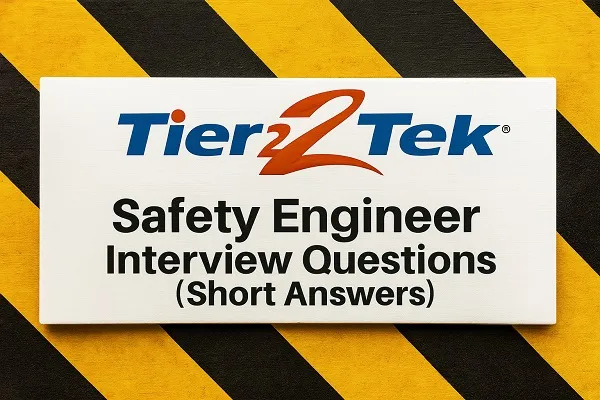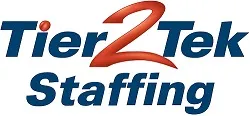Safety Engineer Interview Questions with Answers

A Safety Engineer plays a crucial role in identifying and mitigating workplace hazards, ensuring compliance with safety regulations, and fostering a culture of health and safety. Whether you’re preparing for your first safety engineering interview or looking to brush up on potential questions, these concise Q&A examples will help you demonstrate your knowledge, experience, and readiness for the role.
1. What is the role of a Safety Engineer?
A Safety Engineer identifies risks, implements safety measures, ensures regulatory compliance, and works to prevent accidents and injuries in the workplace.
2. What safety regulations are you familiar with?
I’m familiar with OSHA, NFPA, ISO 45001, and local safety codes applicable to the industry I work in.
3. How do you conduct a risk assessment?
I identify hazards, evaluate the level of risk, determine who might be harmed, and implement control measures to minimize or eliminate the risks.
4. What’s the difference between a hazard and a risk?
A hazard is a potential source of harm, while a risk is the likelihood of harm occurring from that hazard.
5. How do you ensure compliance with safety standards?
Through regular audits, training programs, safety meetings, checklists, and by staying updated with current regulations.
6. What is a Job Safety Analysis (JSA)?
A JSA is a method to identify hazards associated with specific job tasks and determine safe ways to perform them.
7. How do you handle employees who ignore safety protocols?
I address it immediately through coaching, retraining, and, if necessary, escalating according to company policy.
8. How do you investigate a workplace accident?
I secure the area, collect evidence, interview witnesses, analyze the root cause, and recommend corrective actions to prevent recurrence.
9. What PPE is commonly used in industrial environments?
Hard hats, safety glasses, gloves, ear protection, respirators, and steel-toe boots, depending on the hazards present.
10. How do you stay current with safety laws and trends?
I regularly attend safety seminars, subscribe to industry newsletters, and review updates from regulatory bodies like OSHA.
11. What is a Safety Data Sheet (SDS)?
An SDS provides detailed information about a hazardous substance, including its risks, handling, and emergency procedures.
12. How do you promote a safety culture in the workplace?
By leading by example, involving employees in safety planning, recognizing safe behavior, and maintaining open communication.
13. Describe a successful safety initiative you led.
I implemented a behavior-based safety program that reduced incidents by 40% in the first year through engagement and reporting tools.
14. What steps do you take before introducing new equipment?
I conduct a hazard analysis, ensure training is provided, verify safety features, and update procedures as needed.
15. How do you prepare for a safety audit?
I review documentation, conduct internal inspections, correct any issues, and ensure employees are trained and informed.
